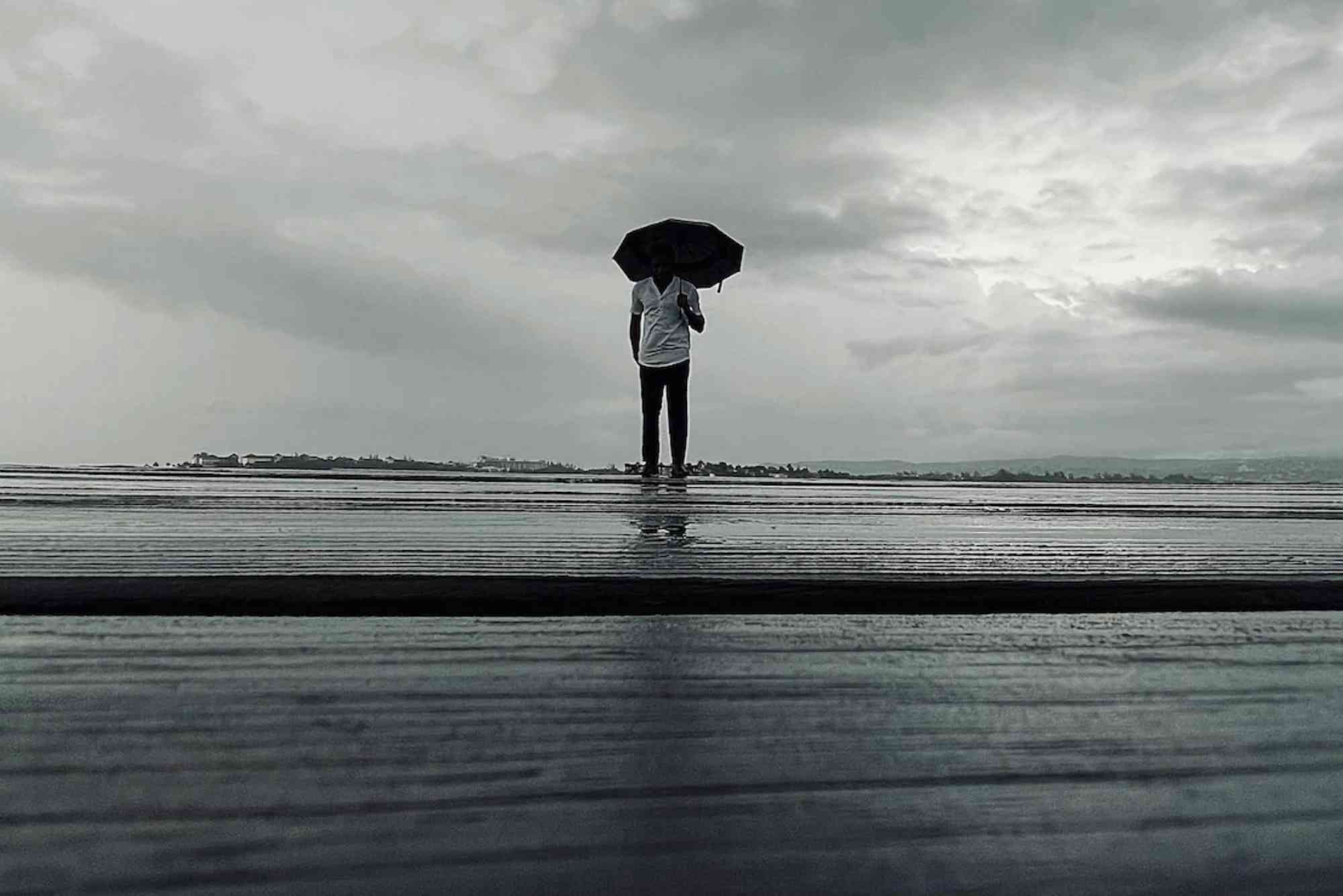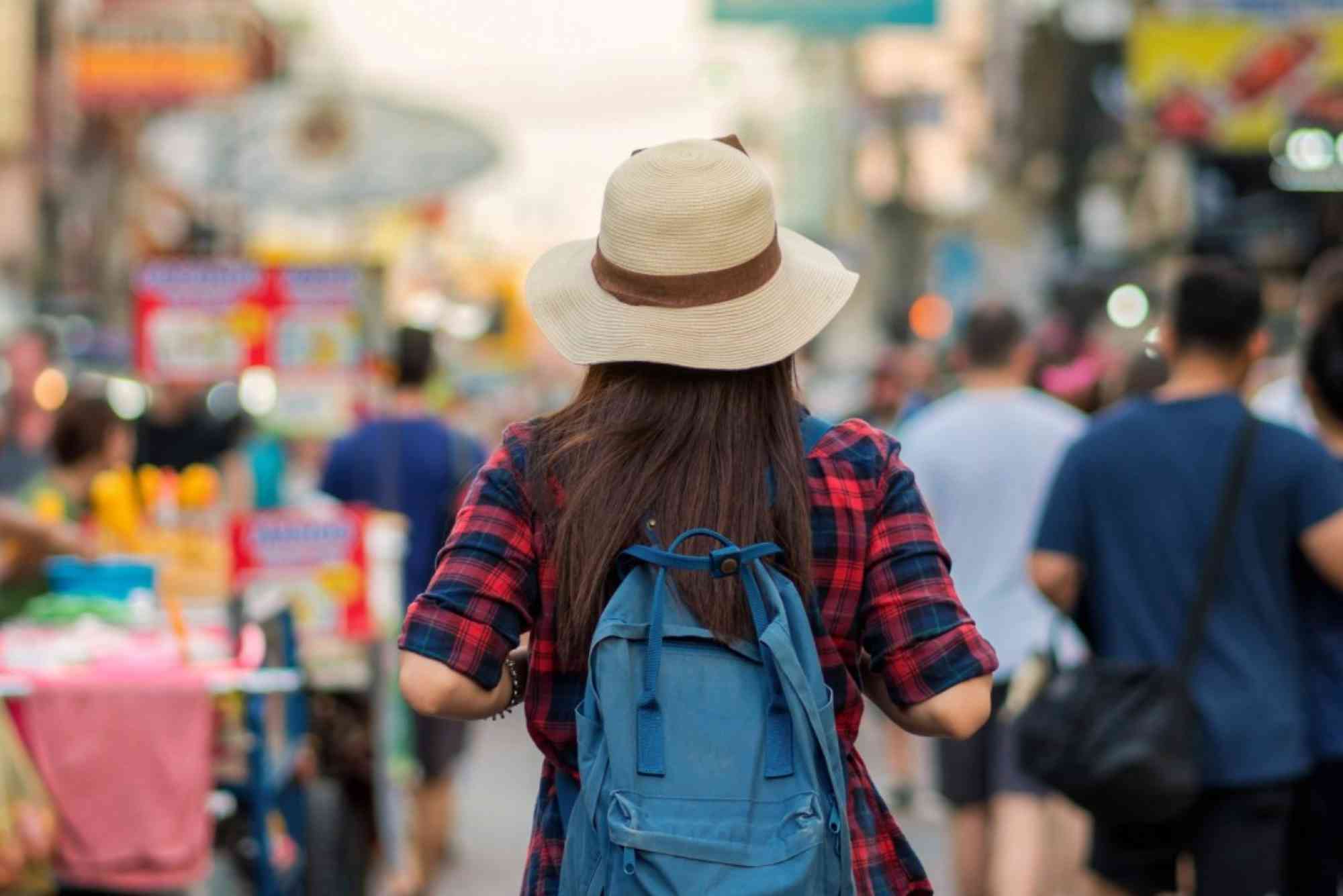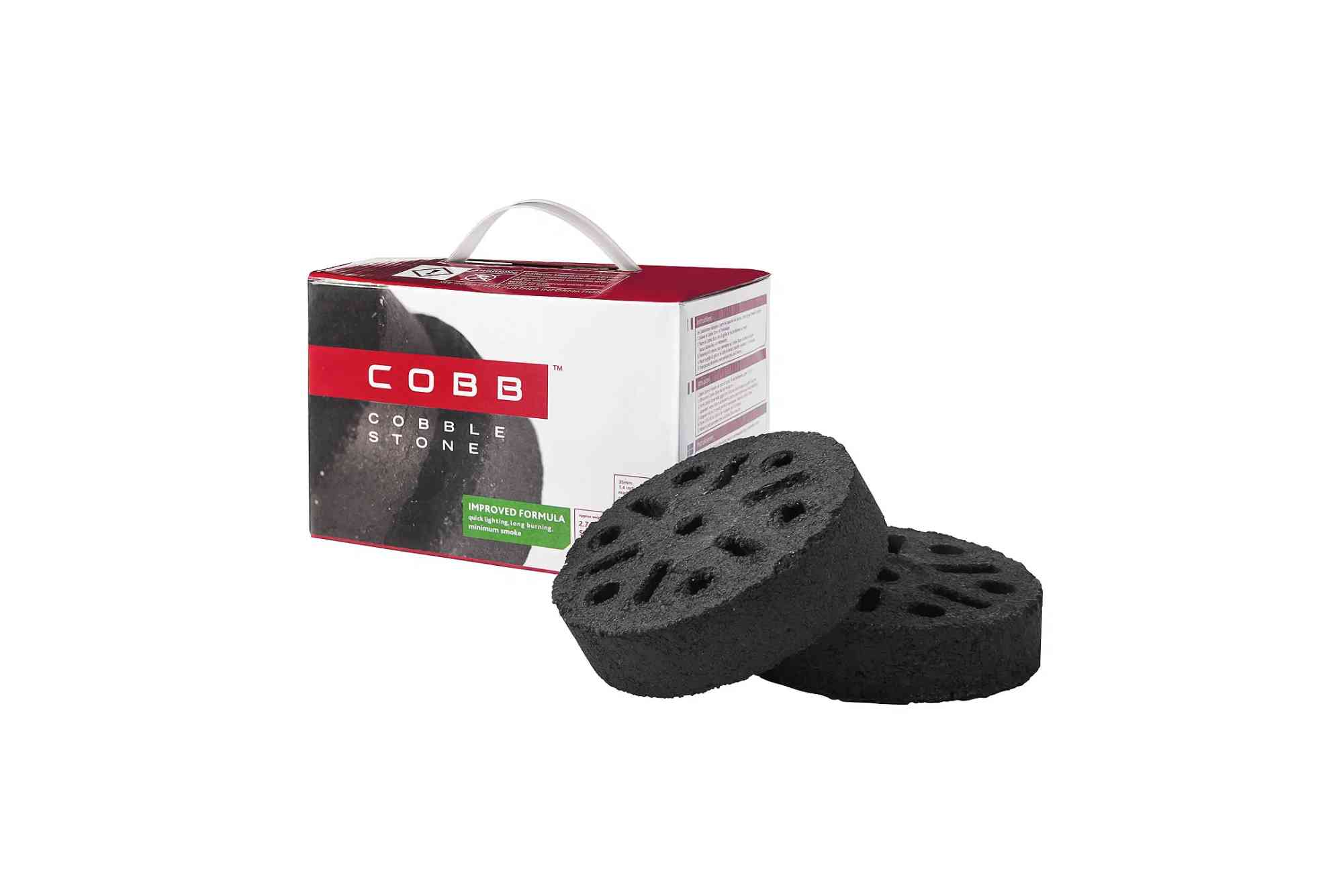Introduction
Traveling during monsoon or wet seasons can be a unique adventure, offering lush landscapes, dramatic skies, and quieter tourist spots. However, these conditions also pose specific challenges. Whether you are exploring tropical regions, hilly terrains, or coastal areas, understanding how to travel during monsoon or wet seasons safely is crucial to enjoy your trip without unnecessary stress. From preparation to on-the-ground strategies, adopting a proactive approach ensures both safety and enjoyment.
Understanding the Risks of Monsoon Travel
Traveling in wet seasons brings distinct hazards that can affect your safety, health, and itinerary. Heavy rainfall can trigger flooding, landslides, or slippery roads. Transport delays are common, and rural areas may become inaccessible. Waterborne illnesses also increase due to stagnant water and contaminated food or drinking sources. Recognizing these risks ahead of time allows travelers to make informed decisions about destinations, accommodations, and daily plans.
Flooding and Waterlogging
Flooding is a primary concern during monsoon travel. Roads and pathways may become submerged, making vehicle travel risky. In some regions, flash floods can occur with little warning, particularly in hilly or low-lying areas. Travelers should monitor local weather reports and avoid areas prone to waterlogging. Being aware of emergency evacuation routes can be life-saving during sudden floods.
Landslides and Slippery Terrain
Regions with steep slopes or loose soil are particularly vulnerable during wet seasons. Heavy rain can cause landslides, road collapses, or rockfalls. Trails in mountainous areas may become slippery, increasing the risk of falls or injuries. Choosing accommodations in safer zones and avoiding known hazard areas is essential for safe travel during monsoon periods.
Health Concerns
Monsoon conditions often foster the growth of bacteria, viruses, and fungi. Waterborne diseases like cholera, typhoid, and gastroenteritis become more common. Mosquito-borne illnesses such as dengue and malaria also rise due to stagnant water. Ensuring proper vaccinations, carrying medications, and practicing personal hygiene are critical steps for staying healthy while traveling.
Planning Your Monsoon Trip
Proper planning forms the foundation of safe travel during wet seasons. Selecting the right destination, preparing the right gear, and creating a flexible itinerary are all crucial elements.
Choosing Safe Destinations
When planning a monsoon trip, consider destinations less prone to severe rainfall or flooding. Coastal regions might be more unpredictable during storms, while higher-altitude areas may face landslide risks. Research local weather patterns, historical rainfall data, and emergency infrastructure to select safer locations. National parks or eco-resorts often provide guided tours and secure accommodations during wet seasons.
Flexible Itinerary
Flexibility is key when traveling in wet seasons. Unexpected rainfall, road closures, or transport delays can disrupt plans. Create an itinerary with alternative activities and extra travel days. Prioritize indoor or semi-covered attractions as backups, including museums, cultural centers, or local markets. Being flexible reduces stress and ensures your trip remains enjoyable even when the weather changes.
Pre-Trip Health Preparations
Consult your doctor before traveling to regions prone to waterborne or vector-borne diseases. Carry a first aid kit, personal medications, oral rehydration salts, and water purification tablets. Vaccinations for diseases such as typhoid or hepatitis A may be recommended depending on your destination. Awareness and preparation are vital for minimizing health risks during monsoon travel.
Packing Essentials for Wet Season Travel
Packing smartly is one of the most effective strategies for safe travel during wet seasons. The right gear protects you from rain, keeps you comfortable, and ensures mobility.
Clothing and Footwear
Quick-drying clothes, waterproof jackets, and breathable layers are essential. Avoid cotton as it retains moisture, making you susceptible to cold or fungal infections. Waterproof footwear with good grip is crucial for slippery paths, while extra pairs of socks help prevent blisters or fungal issues. A wide-brimmed hat or cap can shield your face from heavy rain, and UV protection remains important even on cloudy days.
Travel Accessories
Rain covers for backpacks and luggage prevent belongings from getting soaked. Carry a compact umbrella, waterproof pouches for electronics, and ziplock bags for documents. Trekking poles can provide extra stability on slippery trails. A reusable water bottle with a built-in filter is practical for regions with uncertain water quality.
Tech and Navigation Tools
Weather apps, offline maps, and portable chargers are essential for monsoon travel. Heavy rain or floods may affect network coverage, so offline navigation ensures you can reach your destination safely. A flashlight or headlamp becomes useful in case of power outages or sudden darkness caused by storm clouds.
On-the-Ground Safety Tips
Once on location, adopting specific habits can significantly improve safety and comfort. Awareness, caution, and adaptability are key.
Monitor Weather Updates
Regularly check weather forecasts and alerts from reliable sources. Sudden storms or rising water levels require immediate action. Local authorities often provide real-time updates, so paying attention to announcements ensures you avoid hazardous areas.
Travel Smart
Avoid traveling at night in heavy rain. Roads can become treacherous, and visibility is reduced. Use trusted transport providers and avoid overcrowded public transportation that may struggle during floods. In rural areas, stick to well-marked paths or consult local guides.
Maintain Hygiene and Health
Wash hands frequently, use sanitizers, and avoid eating from unhygienic food stalls. Drink bottled or filtered water, and avoid raw food that may have been contaminated. If you develop symptoms of illness, seek medical attention promptly. Staying healthy ensures you enjoy your trip without disruptions.
Adapt to Local Conditions
Monsoon travel may require adapting to local customs or temporary changes in infrastructure. Boat services, ferries, or temporary bridges may replace regular routes. Accepting delays or alternative routes helps maintain a positive experience. Learning basic local emergency phrases can also be useful in case assistance is needed.
Enjoying the Monsoon Experience
Despite the challenges, traveling during wet seasons offers a unique and beautiful experience. Verdant landscapes, roaring waterfalls, and mist-covered mountains provide spectacular photo opportunities. The crowds are smaller, and you can enjoy local culture without peak-season pressure. By staying prepared and cautious, travelers can fully embrace the charm and beauty of the rainy season.
Scenic Photography
The monsoon creates dramatic skies, reflective water surfaces, and vibrant greenery, perfect for photography. Waterproof camera gear or protective covers can allow enthusiasts to capture these moments safely. Early mornings often provide calm, misty landscapes ideal for serene shots.
Cultural Engagement
Monsoon seasons often coincide with local festivals, harvest celebrations, or traditional rituals. Engaging with local communities offers insights into regional culture and customs. Indoor or covered activities such as cooking classes, pottery workshops, or museum visits provide safe yet immersive experiences.
Emergency Preparedness
Safety during monsoon travel also relies on being prepared for emergencies. Quick thinking and essential supplies can prevent accidents from turning into major problems.
Know Emergency Contacts
Keep local emergency numbers, hotel contacts, and nearby hospital information accessible. Share your itinerary with a family member or friend, especially when traveling to remote areas. Emergency apps and GPS trackers can be lifesavers if you become stranded.
Evacuation Plans
Familiarize yourself with evacuation routes, shelter locations, and safe zones in the areas you visit. In hilly or coastal regions, sudden water surges or landslides may require immediate relocation. Having a mental map of exits and shelters ensures quicker response during emergencies.
Travel Insurance
Comprehensive travel insurance covering accidents, health emergencies, and trip interruptions provides peace of mind. Wet season travel carries higher risks, so insurance is an essential safety net. Check policies for coverage of natural disasters, delayed transportation, and medical evacuation.
Traveling during the monsoon or wet seasons can be safe, enjoyable, and memorable with the right preparation. Understanding the risks, planning carefully, packing appropriately, and remaining vigilant on the ground ensures a smooth journey. From lush landscapes to unique cultural experiences, the wet season adds a distinct charm to travel adventures. Prioritize safety, respect local conditions, and embrace flexibility. By doing so, you can fully enjoy the adventure without compromising your well-being.
Safe travel starts with knowledge, preparation, and a proactive mindset. Equip yourself, plan thoughtfully, and explore confidently. Start planning your monsoon adventure today and discover the beauty of the world in its rainy splendor.
FAQ
What is the best way to stay safe during monsoon travel?
Staying updated on weather forecasts, choosing safe destinations, carrying waterproof gear, and maintaining hygiene are the best strategies for safe monsoon travel.
Can I travel to mountainous areas during the wet season?
Yes, but exercise caution. Avoid known landslide zones, wear appropriate footwear, and consider hiring local guides. Flexibility in your itinerary is essential.
How should I pack for wet season travel?
Pack waterproof clothing, quick-drying layers, sturdy shoes, rain covers for luggage, and essential health items like first aid and water purification tools.
Is travel insurance necessary for monsoon trips?
Absolutely. Travel insurance covering natural disasters, medical emergencies, and trip interruptions provides financial and logistical protection.
Are food and water safe during the monsoon?
Be cautious. Stick to bottled or filtered water, avoid raw or street food, and maintain hand hygiene to prevent illness.



